Black Monkey Orange Tree
- November 12, 2024
- 0 comment
The Black Monkey Orange Tree (Strychnos madagascariensis) is a fascinating and ecologically significant plant native to parts of Africa. Known for its resilience in arid climates and importance in local ecosystems, this tree plays a vital role in maintaining biodiversity.
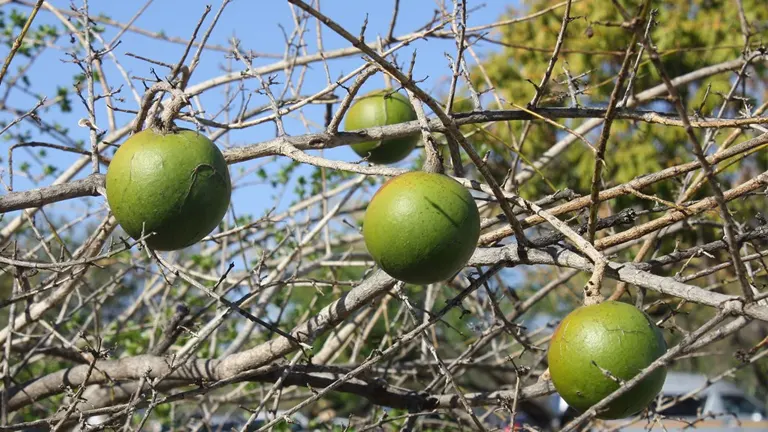
As a member of the Loganiaceae family, it stands out for its distinctive orange-like fruit and robust nature, supporting local wildlife and enriching the soil. Let’s dive into the unique features, habitat, and ecological value of the Black Monkey Orange Tree.
What Is a Black Monkey Orange Tree?
The Black Monkey Orange Tree, scientifically named Strychnos madagascariensis, is a small to medium-sized tree known for its hardiness and longevity. As a member of the Loganiaceae family, it is recognized for its distinctive fruits, which resemble small oranges, though they are generally inedible for humans.
| Characteristic | Description |
|---|---|
| Scientific Name | Strychnos madagascariensis |
| Common Names | Black Monkey Orange |
| Location | Native to sub-Saharan Africa (South Africa, Zimbabwe, Mozambique, Madagascar) |
| Size | Typically grows up to 10 meters |
| Growth Pattern | Slow-growing with a deep, extensive root system |
| Lifespan | Can live for several decades |
| Ecological Role | Prevents soil erosion, supports wildlife, and contributes to biodiversity |
| Drought Tolerance | Highly drought-tolerant, adapts well to arid climates |
| Notable Feature | Produces distinctive orange-like fruit (inedible for humans) |
| Conservation Status | Generally stable, but dependent on habitat conservation efforts |
The tree’s bark is typically grayish-brown and rough-textured, while its leaves are dark green, smooth, and often oval-shaped, making it easy to identify. These trees are adapted to withstand dry conditions and can live for many years, contributing to the stability of ecosystems where other trees may struggle.
An interesting fact about the Black Monkey Orange Tree is its contribution to soil health. Through its root systems, it stabilizes the soil and helps retain moisture, benefiting other nearby plants. Additionally, the fruit and seeds offer a food source for various animals, including monkeys and birds, further supporting biodiversity.
Two Different Species of Black Monkey Orange Tree
Several species within the Strychnos genus are commonly referred to as Black Monkey Orange trees. Here are a few notable ones:
Strychnos Madagascariensis (True Black Monkey Orange)
Known for its ability to adapt to arid environments.
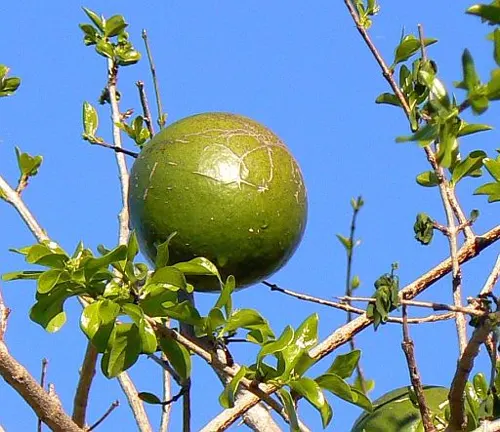
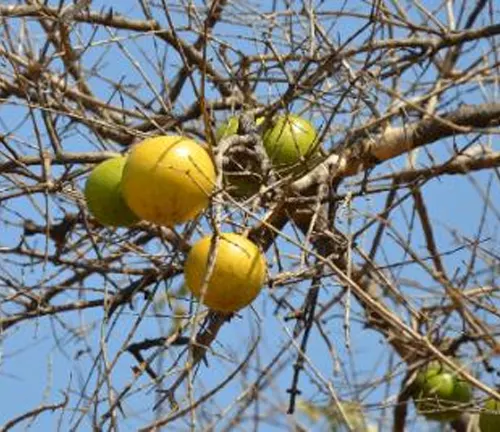
Strychnos Spinosa (Spiny Monkey Orange)
Recognized for its thorns and larger fruits, it’s commonly found in more tropical areas.
Each species varies slightly in appearance and habitat preference. For example, Strychnos spinosa typically thrives in more tropical climates and has distinct thorns on its branches, while Strychnos madagascariensis is well-suited to arid regions and may lack such thorns. Despite these differences, all species share a common role in supporting wildlife and helping to stabilize soil in their native regions.
Where Do Black Monkey Orange Trees Grow?
The Black Monkey Orange Tree is native to regions in sub-Saharan Africa, particularly in countries such as South Africa, Zimbabwe, Mozambique, and Madagascar. These trees are incredibly resilient and adapt well to a variety of climates, ranging from dry, arid regions to subtropical areas.
In arid regions, the Black Monkey Orange Tree’s extensive root system allows it to access deep water sources, enabling it to survive long periods of drought. These trees play a crucial role in preventing soil erosion and enriching the soil, acting as a natural barrier that stabilizes loose or sandy soils. This function is especially important in savannas and semi-arid regions, where plant cover is limited.
How to Grow and Care for Black Monkey Orange Tree
Growing a Black Monkey Orange Tree can be a rewarding experience, especially in climates similar to its native habitat. Here’s a guide to cultivating this resilient tree:
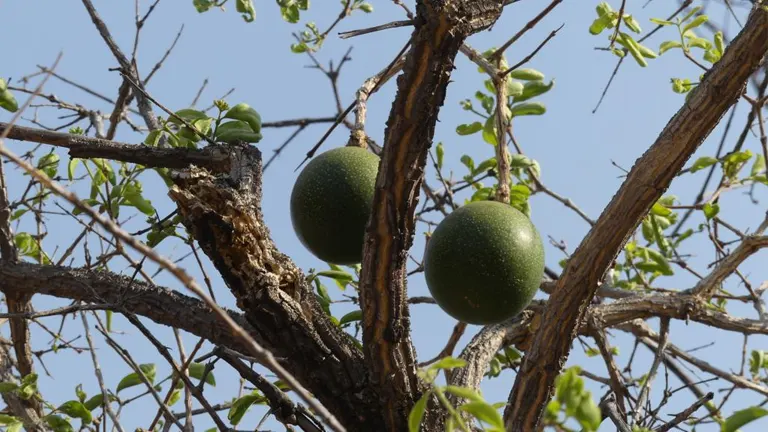
- Soil: Prefers well-draining soil, ideally sandy or slightly loamy.
- Sunlight: Requires full sunlight to thrive, although it can tolerate partial shade.
- Water: While drought-tolerant, young trees should be watered regularly until established.
- Propagation: The tree can be grown from seeds, which should be planted directly in soil or in seed beds. Germination can be slow, so patience is key.
To maintain a healthy Black Monkey Orange Tree, it’s essential to prune any dead or damaged branches and check for pests. While these trees are generally hardy, they may occasionally be susceptible to fungal diseases in overly moist conditions.
Ecological Benefits of Black Monkey Orange Tree
The Black Monkey Orange Tree is an important contributor to its ecosystem. Its root system helps improve soil quality by preventing erosion and retaining moisture. Furthermore, the tree provides shelter for various animals, including birds and small mammals, who use its branches for nesting.
The tree’s fruit is a food source for animals, contributing to local biodiversity. This relationship between the tree and local wildlife supports a balanced ecosystem, as animals help disperse seeds, facilitating natural regeneration.
Black Monkey Orange Tree Flowering and Pollination
The Black Monkey Orange Tree typically flowers in the spring and early summer. Its flowers are small, white, and fragrant, attracting bees, birds, and other pollinators crucial for the tree’s reproduction. Pollination is essential for fruit production, and the blooms’ scent and shape are specifically adapted to attract local insects.
Is Black Monkey Orange Tree Drought-Tolerant?
Yes, the Black Monkey Orange Tree is well-adapted to drought and arid conditions. Its deep root system allows it to access water from beneath the surface, making it a suitable choice for regions with limited rainfall. This drought tolerance not only makes the tree resilient but also enables it to play a critical role in sustaining plant life in its habitat by conserving moisture in the soil and providing shade.
Black Monkey Orange Tree and Wildlife Interactions
The Black Monkey Orange Tree has an interesting relationship with wildlife. Many animals, such as monkeys and certain bird species, eat the tree’s fruit, which aids in seed dispersal. By consuming and later excreting the seeds, these animals help the tree propagate across its natural habitat, ensuring the tree’s continued survival.
Additionally, the tree provides shelter to small animals, creating a micro-habitat within its branches. This mutually beneficial relationship demonstrates the tree’s value to local ecosystems and its role in maintaining a balanced environment.
Final Thoughts
The Black Monkey Orange Tree (Strychnos madagascariensis) is an essential part of many African landscapes. Its resilience in arid environments, role in preventing soil erosion, and support for local wildlife make it a valuable ecological asset. By providing food, shelter, and soil stability, this tree not only supports biodiversity but also contributes to environmental health.
Conserving the Black Monkey Orange Tree and its natural habitat is important for maintaining biodiversity and ensuring the health of ecosystems in Africa. Protecting and understanding this remarkable tree benefits not only local wildlife but also humans who rely on diverse, stable ecosystems for agriculture, water resources, and climate regulation.
Frequently Asked Questions (FAQs)
- What is the scientific name of the Black Monkey Orange Tree?
The scientific name is Strychnos madagascariensis. - Where is the Black Monkey Orange Tree commonly found?
It is native to sub-Saharan Africa, especially in countries like South Africa, Zimbabwe, Mozambique, and Madagascar. - What are the key characteristics of the Black Monkey Orange Tree?
It has rough grayish-brown bark, dark green leaves, and orange-like fruits that are typically inedible for humans. - What role does the Black Monkey Orange Tree play in its ecosystem?
It prevents soil erosion, improves soil health, and provides food and shelter for wildlife. - Can the Black Monkey Orange Tree survive in drought conditions?
Yes, it is highly drought-tolerant due to its deep root system, making it suitable for arid regions. - How does the Black Monkey Orange Tree contribute to biodiversity?
It supports various animals by providing food and nesting areas, helping maintain balanced ecosystems. - How can you grow a Black Monkey Orange Tree at home?
It requires well-draining soil, full sunlight, and regular watering when young; it’s typically grown from seeds. - When does the Black Monkey Orange Tree flower?
It usually flowers in spring and early summer, attracting bees and birds for pollination.
We trust this guide has highlighted the Black Monkey Orange Tree’s ecological importance. Have experiences with this unique tree or ideas for its conservation? Share your thoughts below to inspire others in supporting biodiversity and healthy ecosystems. Don’t forget to share this guide with those passionate about preserving nature!


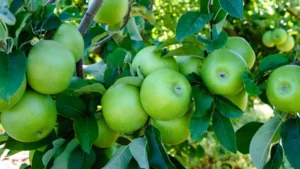
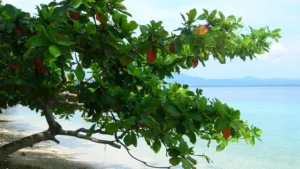


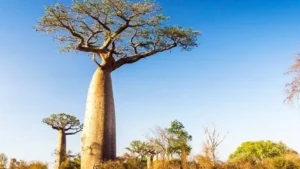
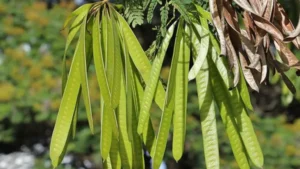
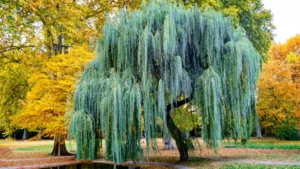

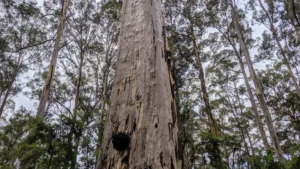


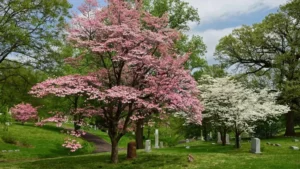
Leave your comment